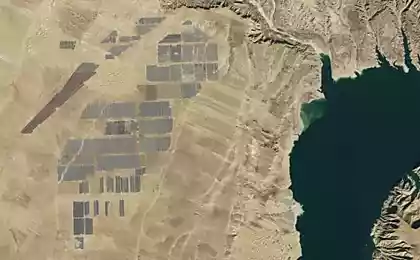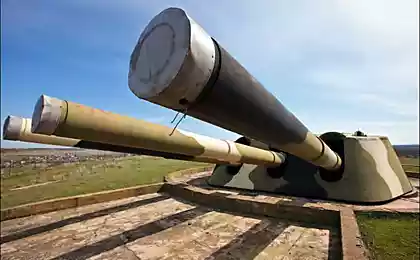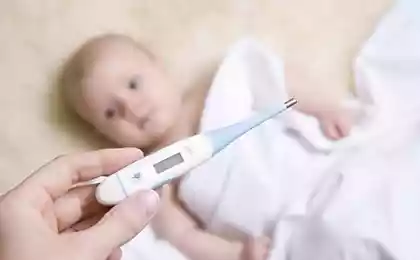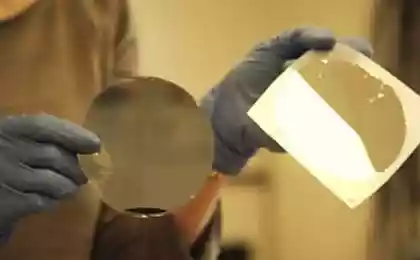543
Solar panels from perovskite: quantum dots and exceptional efficiency
Presidential candidate Hillary Clinton, probably not talking about a new generation of solar panels from perovskite , when he announced the plan about the development and launch of half a billion solar panels in the United States in time first term as President. However, technology using perovskite develop quickly, and it seems that the relatively low cost, easy synthesis process satogo material can help to ensure that many of these new panels will be created based on it.

"A performance graph is growing faster than almost anything researchers have seen before" — talking about perovskite National laboratory of renewable energy(National Renewable Energy Laboratory).NREL research team, first used quantum dots to make solar panels from perovskite.
Quantum dots are tiny particles of matter so small that it is possible to calculate the number of atoms that compose them.
One of their definitions:
Quantum dots are nanoscale particles of semiconductor materials. They earned the nickname "artificial atoms" because their electronic properties can be precisely specified, their behavior demonstrates the unique svoystva — the collection of solar energy or Vice-versa emitting light ...Luminescent properties of quantum dots are beginning to attract attention in the medical field and electronic industry. This photograph of the study group illustrates the properties of quantum dots in solution:
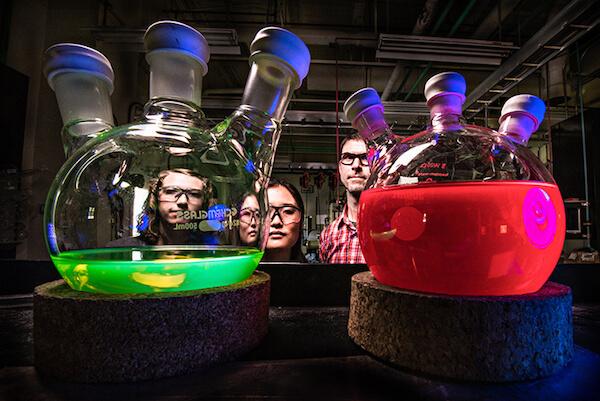
In solar cells, quantum dots required to improve the efficiency (this is another example).
One of the advantages of quantum dots is that they can be manufactured in large volume. They are the result of chemical reactions, and do not use devices or other devices. This means that there is great potential for low cost, high volume production.
The NREL team has made quantum dots of iodide , cesium and lead (CsPbI3), chemistry of the process can be described:
CsPbI3 nanocrystals were synthesized by adding Cs-oleate solution into the flask containing PbI2. NREL researchers purify the nanocrystals with the use of methyl acetate as anti-solvent, which removes the excess of unreacted substances.Purification process added feature of a bonus by increasing the stability of quantum dots:
Also found were the nanocrystals which are stable not only at high temperatures but also at room temperature and at temperatures of hundreds of degrees below zero.
This is a significant achievement. In the bulk form CsPbI3 not stable enough for use in a solar battery at room temperature. But using quantum dots of CsPbI3, the next step is the process of forming them into a thin film with a thickness of 100-400 nm.
In a solar cell with a conversion efficiency of 10,77% .
The efficiency of solar energy conversion of 10% is not impressive. However, returning to the half a billion of solar panels, the idea was to build a huge number of solar panels in a relatively short period of time, and in this case, the efficiency of the solar panels does not have to be very high.
Solar panels can be too expensive, or the production process will be slow and difficult, or questions may arise with logistics.
The idea NREL, in order to obtain a relatively long, expensive copy of material that can be used in the production process of solar panels in large volumes.
However, the researchers still the problem of toxicity of lead. It can be solved by controlling for this material throughout the life cycle or to use this material on a limited and closed area.
However, currently, researchers are working on lead-free technology production of solar cells from perovskite, so watch out for that. published
Source: cleantechnica.com/2016/10/11/a-first-for-perovskite-solar-cells-quantum-dots-exceptional-efficiency/

"A performance graph is growing faster than almost anything researchers have seen before" — talking about perovskite National laboratory of renewable energy(National Renewable Energy Laboratory).NREL research team, first used quantum dots to make solar panels from perovskite.
Quantum dots are tiny particles of matter so small that it is possible to calculate the number of atoms that compose them.
One of their definitions:
Quantum dots are nanoscale particles of semiconductor materials. They earned the nickname "artificial atoms" because their electronic properties can be precisely specified, their behavior demonstrates the unique svoystva — the collection of solar energy or Vice-versa emitting light ...Luminescent properties of quantum dots are beginning to attract attention in the medical field and electronic industry. This photograph of the study group illustrates the properties of quantum dots in solution:

In solar cells, quantum dots required to improve the efficiency (this is another example).
One of the advantages of quantum dots is that they can be manufactured in large volume. They are the result of chemical reactions, and do not use devices or other devices. This means that there is great potential for low cost, high volume production.
The NREL team has made quantum dots of iodide , cesium and lead (CsPbI3), chemistry of the process can be described:
CsPbI3 nanocrystals were synthesized by adding Cs-oleate solution into the flask containing PbI2. NREL researchers purify the nanocrystals with the use of methyl acetate as anti-solvent, which removes the excess of unreacted substances.Purification process added feature of a bonus by increasing the stability of quantum dots:
Also found were the nanocrystals which are stable not only at high temperatures but also at room temperature and at temperatures of hundreds of degrees below zero.
This is a significant achievement. In the bulk form CsPbI3 not stable enough for use in a solar battery at room temperature. But using quantum dots of CsPbI3, the next step is the process of forming them into a thin film with a thickness of 100-400 nm.
In a solar cell with a conversion efficiency of 10,77% .
The efficiency of solar energy conversion of 10% is not impressive. However, returning to the half a billion of solar panels, the idea was to build a huge number of solar panels in a relatively short period of time, and in this case, the efficiency of the solar panels does not have to be very high.
Solar panels can be too expensive, or the production process will be slow and difficult, or questions may arise with logistics.
The idea NREL, in order to obtain a relatively long, expensive copy of material that can be used in the production process of solar panels in large volumes.
However, the researchers still the problem of toxicity of lead. It can be solved by controlling for this material throughout the life cycle or to use this material on a limited and closed area.
However, currently, researchers are working on lead-free technology production of solar cells from perovskite, so watch out for that. published
Source: cleantechnica.com/2016/10/11/a-first-for-perovskite-solar-cells-quantum-dots-exceptional-efficiency/





